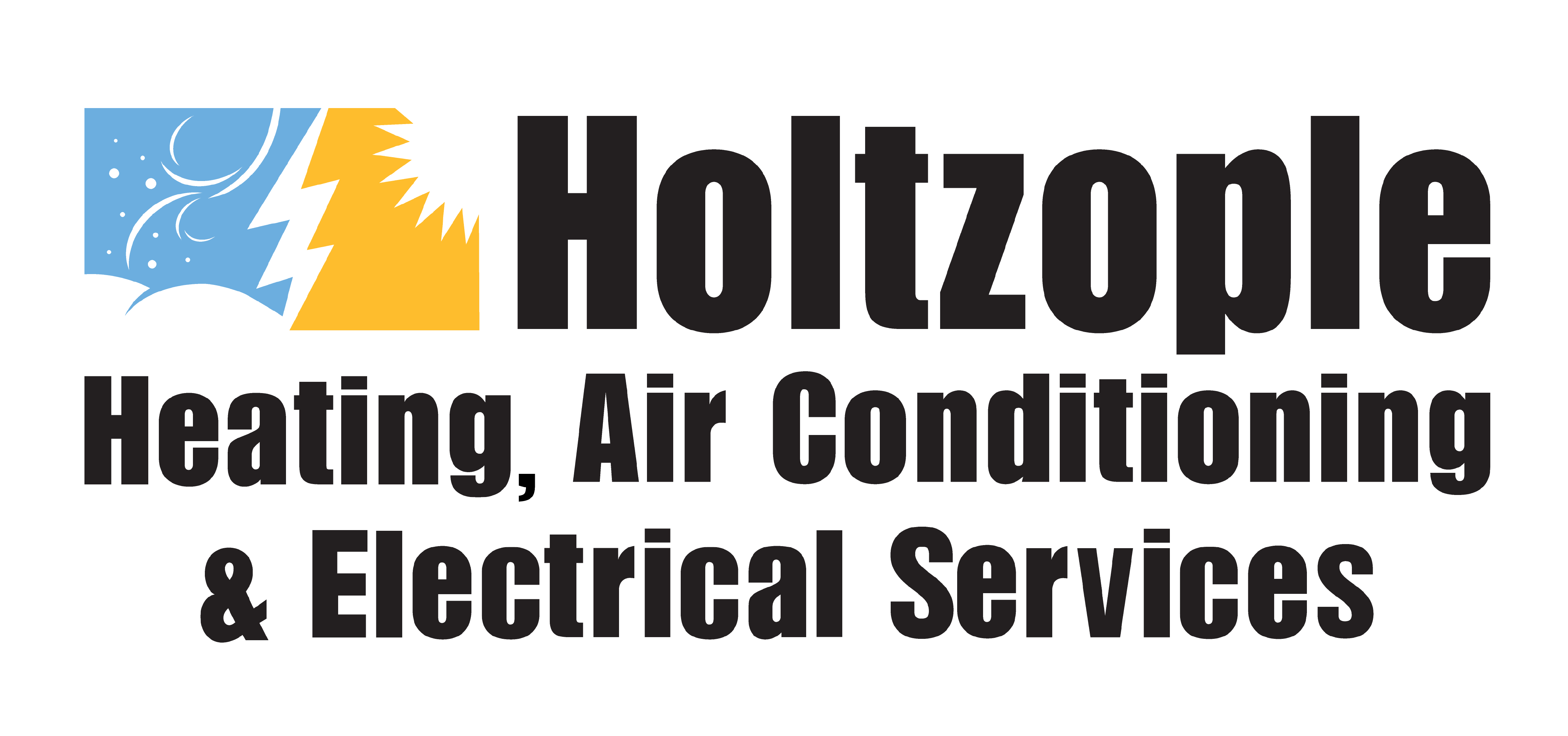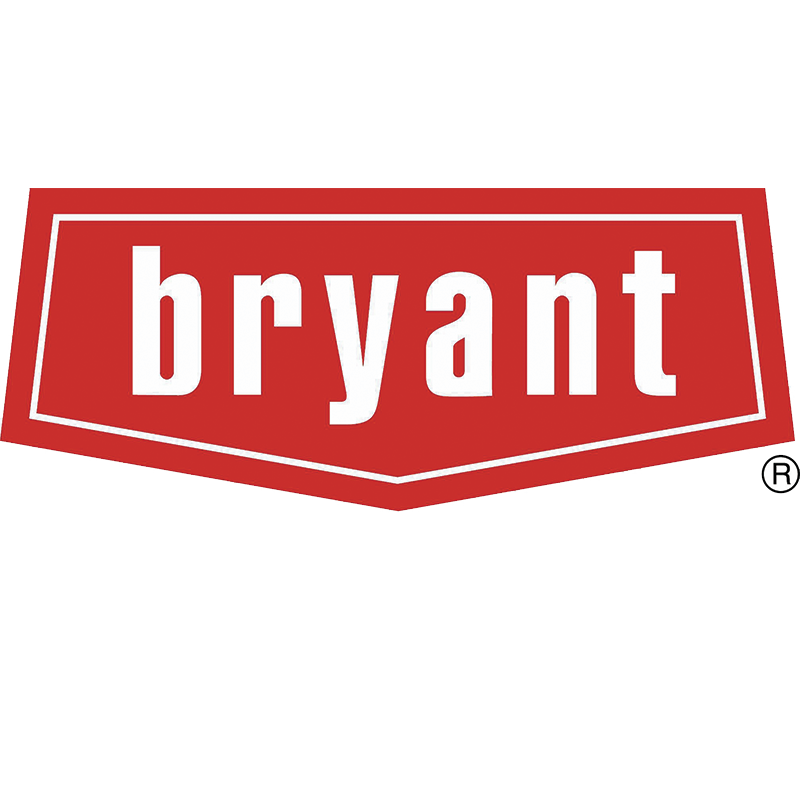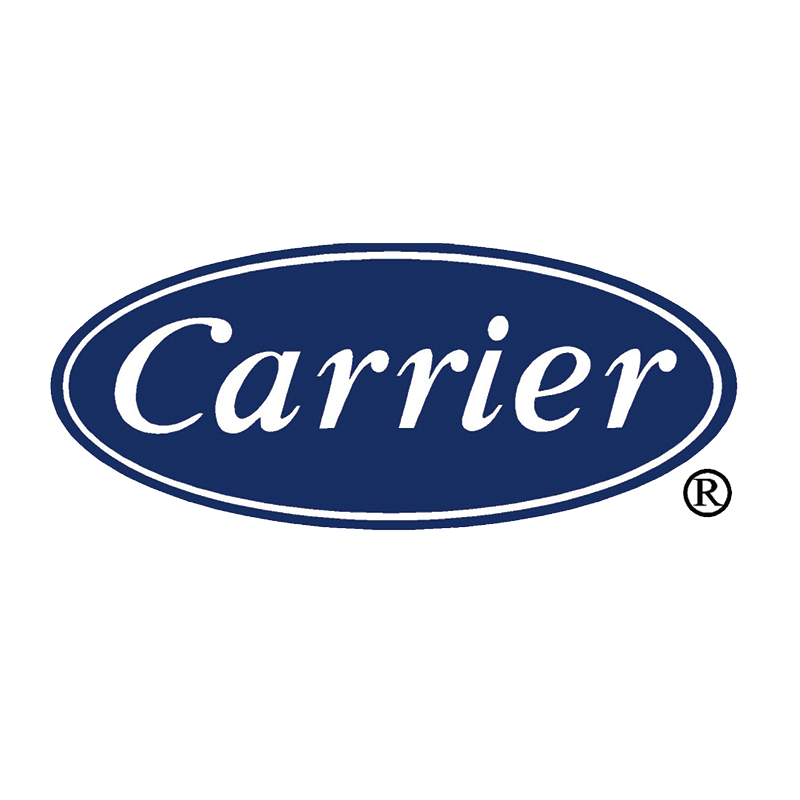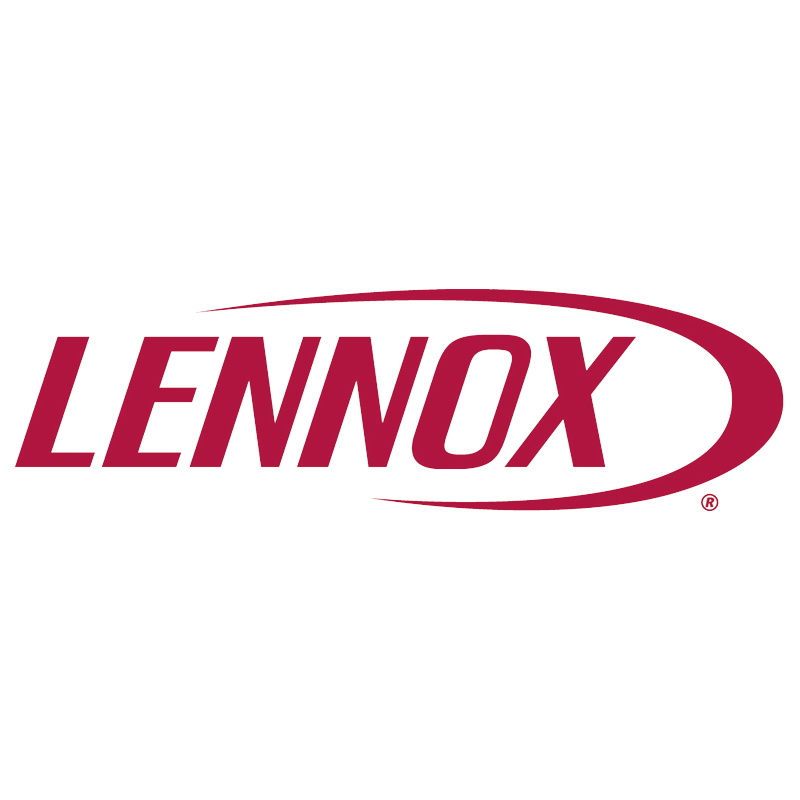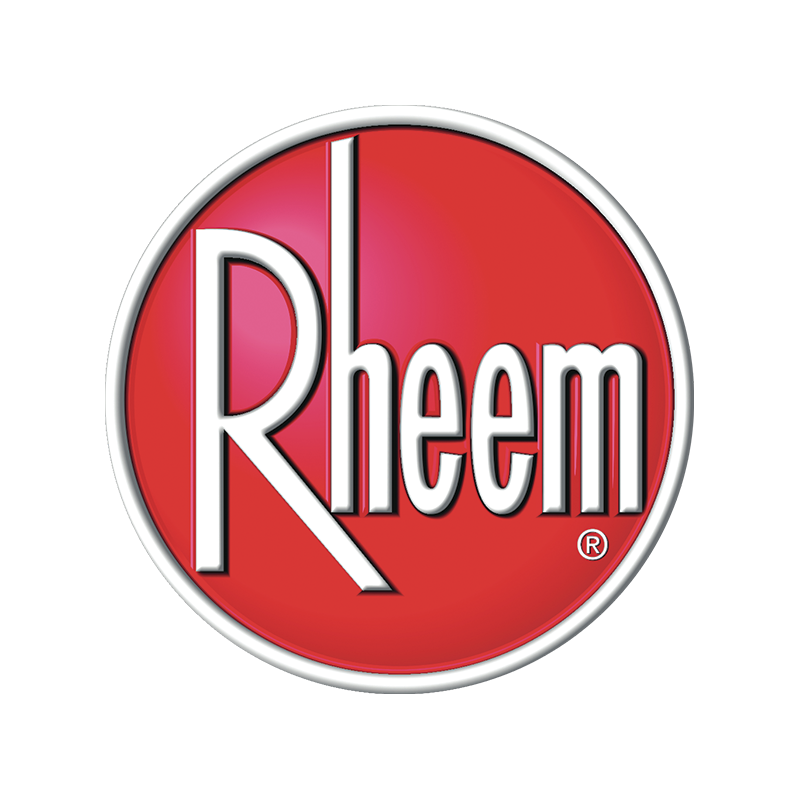Residential Boiler Guide: What You Need to Know—Part 2 of 4
 Unless you’re an HVAC professional, chances are shopping for a new boiler system will be challenging due to the variety of terms you’ll need to figure out to make sense of recommendations, specifications, and even peer reviews. That’s why taking a few moments now to learn about what some of these terms mean will help you navigate this unfamiliar territory so you can understand what you’re looking at, and which boiler will be the best fit for your needs.
Unless you’re an HVAC professional, chances are shopping for a new boiler system will be challenging due to the variety of terms you’ll need to figure out to make sense of recommendations, specifications, and even peer reviews. That’s why taking a few moments now to learn about what some of these terms mean will help you navigate this unfamiliar territory so you can understand what you’re looking at, and which boiler will be the best fit for your needs.
Let’s start with a little “cheat sheet” of commonly-used terms:
Heat Exchanger: A device that converts energy into heat.
Electric Ignition: A device that automatically ignites the boiler’s pilot light with electricity when the boiler comes on.
Standing Pilot Light: Systems with “standing pilot lights” are always burning.
Boiler Pressure Valve: A device/safety measure that releases pressure from the boiler when needed. All boilers are required to have one.
Vent Damper: An energy-saving device that automatically closes the boiler off when it isn’t working
LPG: An abbreviation for “Liquid Petroleum Gas.”
Outdoor Temperature Reset: An electronic thermostat that adjusts the temperature of the water in the boiler to match the temperature outside.
Infinitely Modulating Capacity: Indicates that water continually moves through the boiler.
Water Velocity: Refers to the pressure of water moving through pipes. Higher water velocity usually ensures smoother operation and fewer problems.
Heat and Power Boiler: A boiler that produces a limited amount of electricity as well as heat and hot water.
Hydronic Heating: Describes “hot water” heating.
Condensing v. Non-Condensing Boilers
All boilers are either condensing or non-condensing. A condensing boiler concentrates water vapor that has been produced in the heating process, using waste heat to preheat cold water entering the boiler. Condensing boilers are extremely energy efficient because they can provide plenty of heat while operating at lower temperatures.
Non-condensing boilers typically operate at higher temperatures, which means that some heat must be vented outside. Non-condensing boilers are 80 percent to 88 percent efficient, while condensing boilers have efficiencies greater than 88 percent.“
Sealed Combustion or Non-Sealed Combustion
Boilers are either sealed-combustion or non-sealed combustion units. You should buy one that is sealed combustion because it brings outside air into the burner and directs exhaust gases outside. Non-sealed combustion boilers draw heated air in and then send it up the chimney, wasting the energy used to heat the air. Also, sealed-combustion boilers won’t introduce dangerous gases into your home.
Researching, comparing, evaluating, and shopping for a new boiler can be a time-consuming and labor-intensive process. The silver lining is that, if you replace an old boiler with a new, high-efficiency system, it’s very likely you are about to start saving a lot of money. In fact, the U.S. Department of Energy suggests that replacing an old boiler with a new high-efficiency one can reduce fuel costs by a full 50 percent. Individual results will vary, but the possibility is there– and understanding of terms, coupled with careful shopping, can pay off very well in the end.
